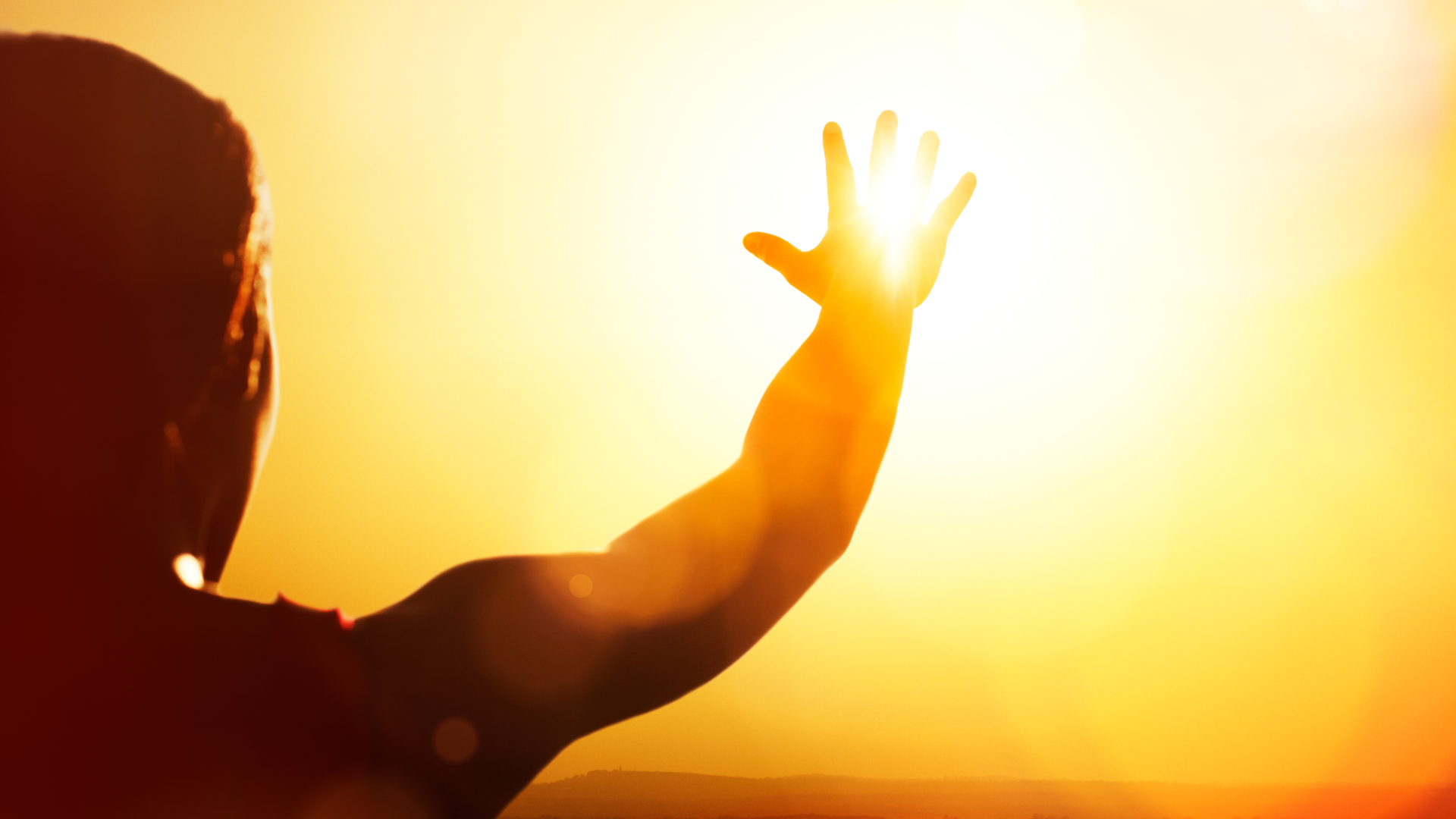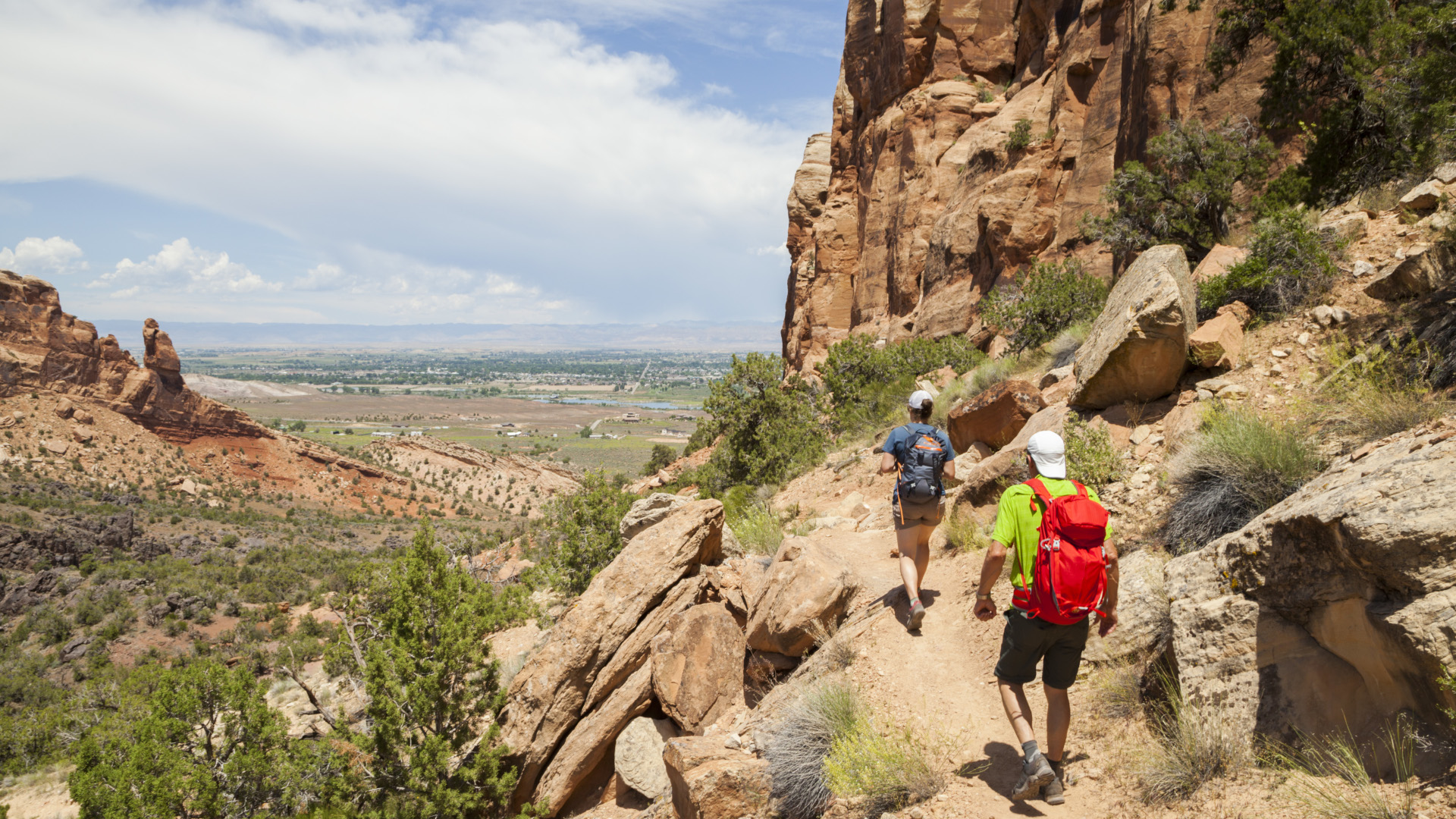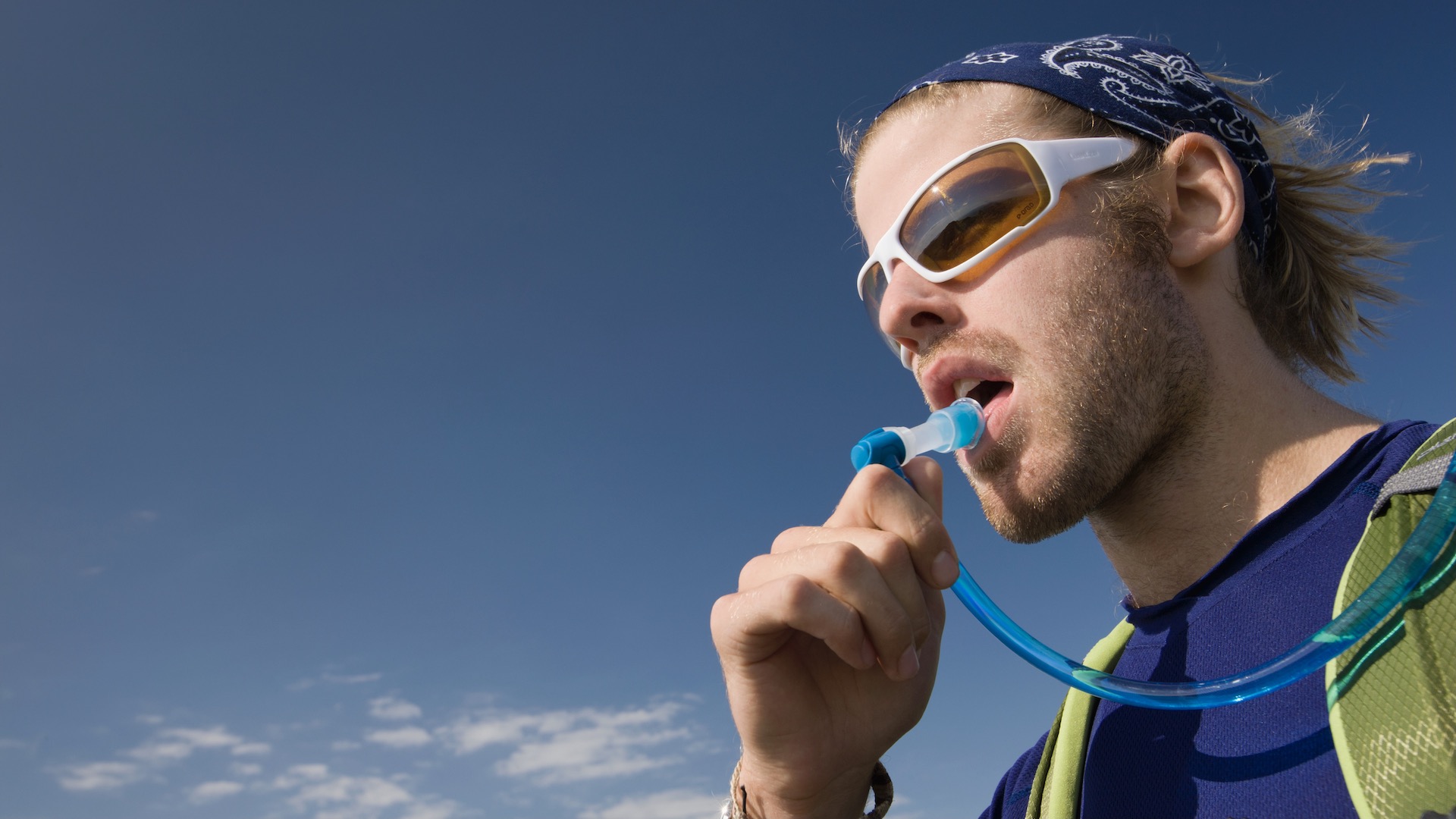What is heatstroke? How to avoid the dangers of hot weather
What is heatstroke? We look at the risks of hiking in hot weather and consider how to approach it safely

We’ve given over plenty of column space to the dangers of hiking in extreme cold, from frostbite to hypothermia, but as you no doubt know, there are dangers at the other end of the spectrum too. We’re always hearing about the link between heatstroke and hiking in hot weather, but what is heatstroke, exactly? In this article, we explain this common, and serious, hiking hazard and uncover how to avoid heatstroke on a hike.
What is heatstroke?

According to the Cleveland Clinic, heatstroke is a life-threatening condition that occurs when your body temperature rises above 104°F (40°C). It is a type of hyperthermia, where your body generates heat faster than it can lose it through the normal methods like sweating. Heatstroke affects about 20 out of 100,000 people each year in the US and causes between 240 and 833 deaths annually. It is typically the result of overexertion in hot, humid conditions where you sweat excessively – this is known as exertional heatstroke, whereas a second type of heatstroke called non-exertional heatstroke can occur as a result of other factors like age and underlying health conditions.
Symptoms of heatstroke can include:
- Confusion
- Problems with movement, coordination and balance
- Dizziness
- Weakness
- Excessive sweating
- High or low blood pressure
- Bubbling or gurgling sounds in the lungs
- Nausea and vomiting
- Rapid heart rate
- Seizures
- Loss of consciousness
If left untreated, heatstroke can lead to organ failure, coma or death so you should experience any of these symptoms when exercising in hot weather, you should immediately seek medical attention.
Though heat stroke can set in very quickly, it doesn’t occur instantly. It is often preceded by heat exhaustion, which is not as serious but leads to dizziness, confusion and nausea, so if you are hiking in hot weather and experience any of these symptoms, get to shade, rest and hydrate straight away.
What temperature is too hot for a hike?

There isn’t an exact temperature when it becomes too hot to hike, because there are a number of factors that can contribute to heat-related illness on a hike. As pointed out in a 2014 article published in the journal Musculoskeletal Medicine, heatstroke can occur as the result of individual conditioning, pre-existing dehydration, heat acclimatization, viruses and medications. That said, the article does point to temperatures of 28°C (82°C) and above as being a critical risk factor for heatstroke. At this point, you might want to leave your hiking boots in the closet and go for a swim, or take some preventative measures to make sure you stay safe.
Heatstroke is most common in urban areas during periods of very hot weather, however there are have been several high profile cases of hikers succumbing to heatstroke on the trail in recent years, often in desert areas such as Zion National Park and Arizona where hikers experienced extreme heat and ran out of water while desert hiking.
All the latest inspiration, tips and guides to help you plan your next Advnture!
How can you prevent heatstroke on a hike?

Like every hiking hazard, the best approach to heatstroke is prevention. If you are venturing out on the trails in warmer weather and in the desert, use these guidelines to help you stay safe.
- Check the weather forecast before you go and avoid hiking, and other strenuous activity, in weather hotter than 82°C, especially if you are unaccustomed to the heat .
- If you are traveling to somewhere warm, give yourself time to acclimate before hiking.
- Read our guide on what to wear hiking in hot weather and dress in lightweight, moisture wicking clothing that keeps the sun off and allows you to perspire and cool off
- Avoid hiking in the middle of the day when it is hottest – go at dawn or early evening and take a headlamp (our guide to the best headlamps has some good options)
- Choose trails that feature lots of shade, like forest trails and canyon floors, and avoid exposed hikes.
- Choose trails with access to safe bodies of water, like streams and lakes, where you might be able to splash yourself with water of even take a dip and cool off.
- Prehydrate by drinking lots of water at the trailhead before you set off.
- Carry lots of extra water on your hike, either in several water bottles or using a hydration pack, and sip regularly while you walk.
- Consider adding electrolyte tablets to your water to replace salts lost through sweat.
- If the temperatures are rising faster than you expect, turn back early and live to hike another day.
Julia Clarke is a staff writer for Advnture.com and the author of the book Restorative Yoga for Beginners. She loves to explore mountains on foot, bike, skis and belay and then recover on the the yoga mat. Julia graduated with a degree in journalism in 2004 and spent eight years working as a radio presenter in Kansas City, Vermont, Boston and New York City before discovering the joys of the Rocky Mountains. She then detoured west to Colorado and enjoyed 11 years teaching yoga in Vail before returning to her hometown of Glasgow, Scotland in 2020 to focus on family and writing.

